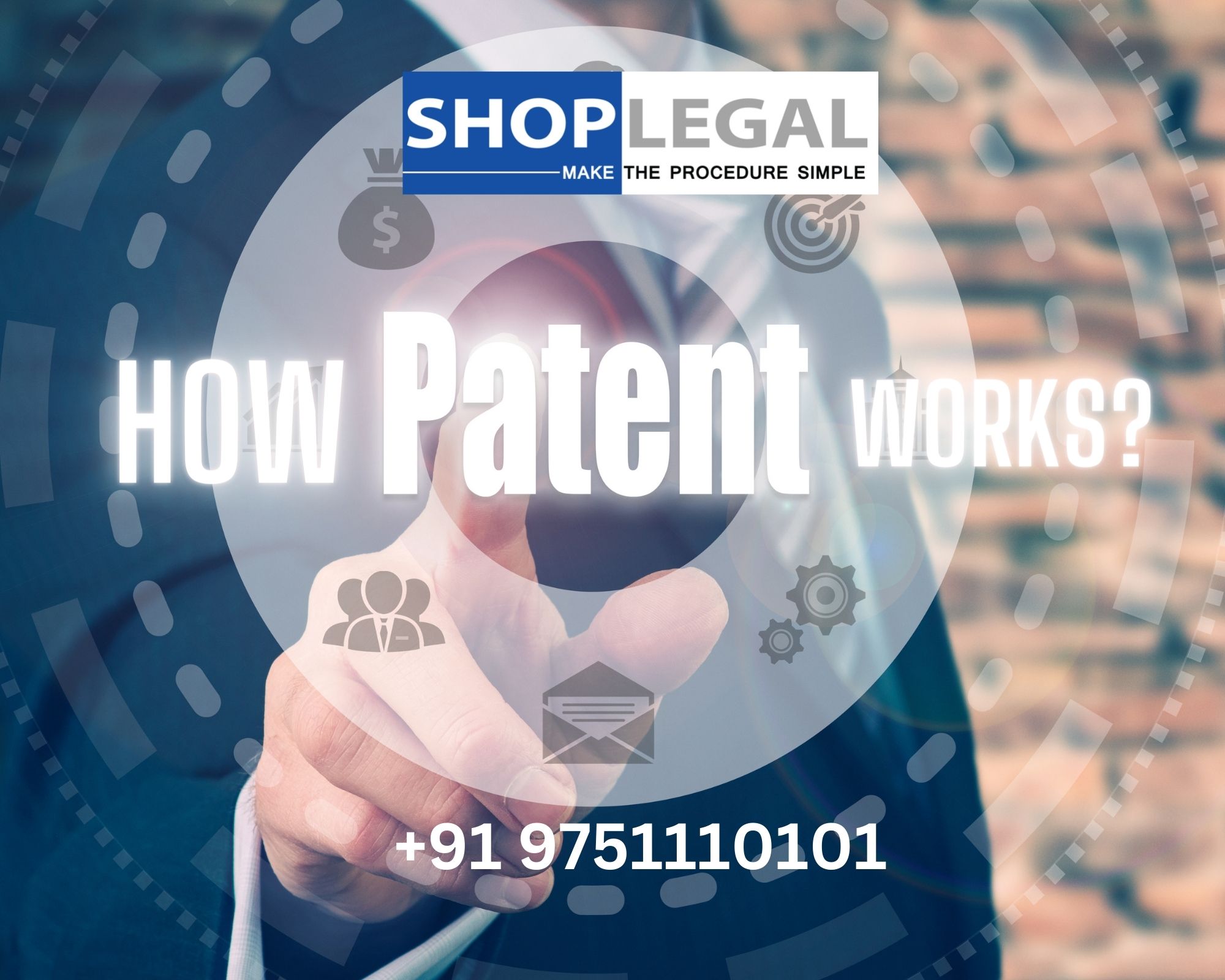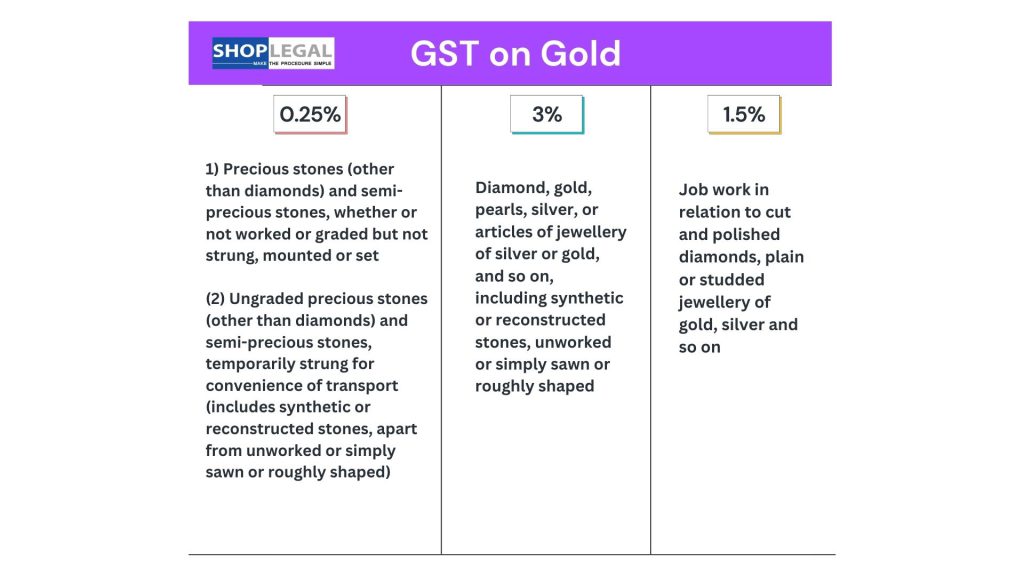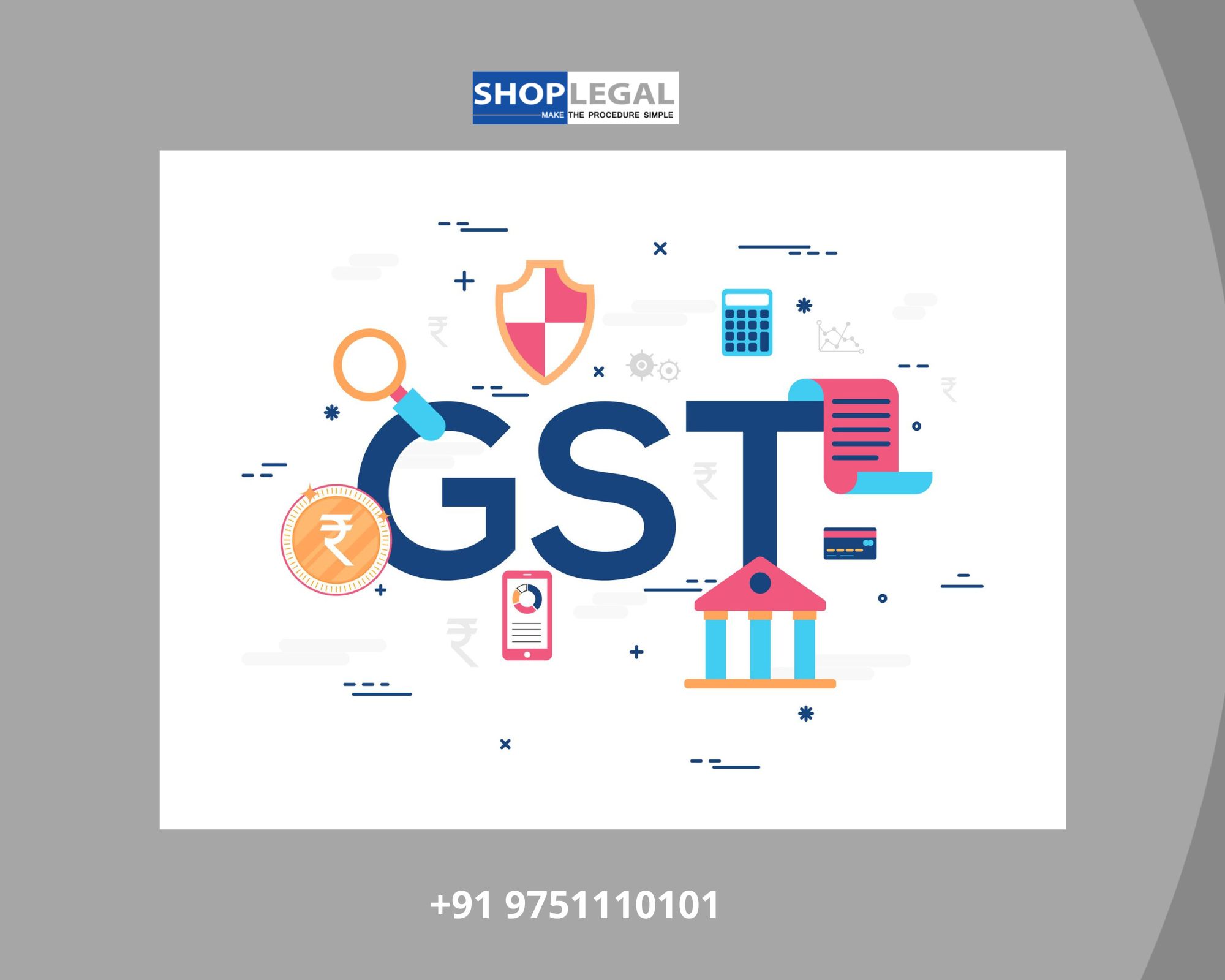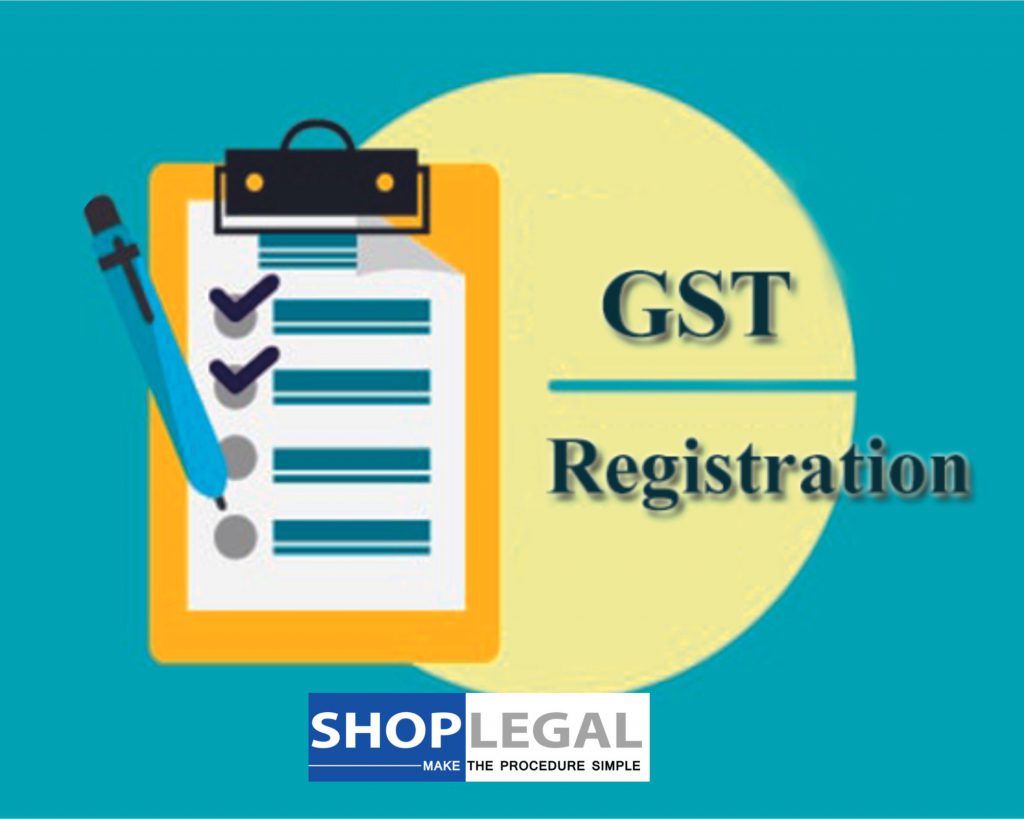How patent works?
A patent is essentially a method for guaranteeing responsibility for you have created, and to have an interaction for holding others back from taking that invention. Patents are just basically as great as the regulations that safeguard them since it’s typically the situation that you should indict somebody to inspire them to quit leveraging your invention to bring in cash for themselves.
General Prerequisites for Inventions to have Protection
Notice that there are two general superseding capabilities for something to have the option to be patented.
It should be new. It very well may be a variety of something different, however it must be unmistakable from the first thing. For instance, on the off chance that somebody has previously imagined a little green wozzle, you can’t concoct a major red one. That is not unique and not new enough to be patentable.
It should be valuable. You could develop a new wozzle, however on the off chance that this wozzle can’t be utilized for anything, it can’t be patented.
You can’t patent a thought except if you can show its pragmatic use and that it’s clearly unique in relation to anything anybody has at any point seen or utilized.
Types of inventions one can patent
Here are the types of inventions that you can do patent registration in Coimbatore, with examples:
A process or a method
Similar to a better approach to follow through with something. For instance, a patent was conceded to another organization method for cleaning weapon exhausts. In another example, Amazon Patentd its “a single tick” requesting process. There is some debate about whether business strategies, similar to another bookkeeping system, can be protected.
An “article of manufacture” — a thing made by machine or the hard way. An article of manufacture can be an offered thing to purchasers (another type of cleanser, for instance) or to organizations (another kind of copier). It can likewise mean a part of an item.
A design, similar to the design of another type of PC mouse, can likewise be protected. A design, is a “new and non-obvious elaborate design for an article of manufacture. “The creator of the design can then concede Patents to other people who will make the new mouse. An illustration of a design patent may be another PC design.
A composition of matter, for instance, a substance combination or fixings, similar to another medication.
A designt, or at least, a characteristic developing thing found or designed through agamic generation; for instance, another crossover lily.
An internet algorithm or an application.
In this age of the internet, you can likewise file a patent for something you make for the internet, similar to an application or program. These are regularly called “business technique Patents” since they are about how to get things done. The rules are something similar – the thing should be new and valuable.
Procedure for Patent
1: Expound on inventions (concept or idea) with every single detail.
Gather all data about your Invention, for example,
- Field of Invention
- What does the Invention describe
- How does it work
- Advantages of Invention
In the event that you worked on the Invention and during the research and invention phase, you ought to have some call lab files which are appropriately endorsed with the date by you and the concerned authority.
2: It should include a diagram, drawing and sketch explains of the Invention
Drawings ought to be designed so the visual work can be better made sense of with the invention work. They assume a significant part in patent applications. The patent registration in Bangalore can be effectively done by a team of experts.
3: To check regardless of whether the Invention is patentable subject.
Not all inventions can be patentable, according to the Indian Patent Act there are a few inventions which have not been pronounced patentable (innovations are not patentable).
4: Patent Discovery
The subsequent stage will be to see whether your Invention meets generally patent prototypes according to the Indian Patent Act
- The invention should be novel.
- The Invention should be non-obvious.
- The Invention should have industrial applications.
5: File Patent Application
In the event that you are at a beginning phase in innovative work for your Invention, then you can go for a provisional application. It offers the accompanying advantages:
- Filing date.
- 1 year time for filing full detail.
- Lesser expense.
After filing a provisional application, you secure the filing date, which is vital in the patent world. You get a year to concoct the complete specification; your patent application will be taken out at the end of a year.
At the point when you have finished the necessary reports and your research work is at a level where you can have prototypes and experimental results to demonstrate your inventive move; you can file the complete specification with the patent application.
Filing the provisional specification is a discretionary step on the off chance that you are in the stage where you have complete information about your Invention you can go directly to the full specification.
6: Publication of the application
After filing the complete specification alongside the application for the patent, the application is published 18 months after the primary filing.
On the off chance that you don’t wish to hold on until the termination of 18 months from the filing date to distribute your patent application, an underlying publication request might be made with the endorsed expense. The patent application for patent registration in Cochin is generally published right on time as a one-month structure demand.
7: Request for Examination
The patent application is investigated solely after getting a request for a RFE examination. Subsequent to getting this request, the Controller gives your patent application to a patent examiner who looks at the patent application like the different patent qualification prototypes:
- Patent subject
- Originality
- Absence of clearness
- Inventory steps
- Industrial application
- By enabling
The examiner makes the main examination report of the patent application for patent registration in Trivandrum upon a survey for the above conditions. This is called patent indictment. All that occurs for a patent application before the grant of a patent is typically called patent indictment.
The main examination report submitted to the Controller by the examiner normally incorporates earlier workmanship (existing archives preceding the filing date) that are like the asserted invention and is additionally answered to the patent candidate.
8: Answer the objections
Most patent candidates to have patent registraion in Hyderabad will get some sort of objections in view of the examination report. The best thing is to dissect the examination report with the patent proficient (patent specialist) and respond to the objections in the examination report.
This is a chance for an investor to impart his novelty over the earlier workmanship in examination reports. Innovators and patent agents make and send a test reaction that attempts to demonstrate that their Invention is to be sure patentable and meets generally patent rules.
9: Clearance of objections
The Controller and the patent candidate is associated for guaranteeing that all objections raised in regards to the invention or application is settled and the creator has a fair opportunity to make his statement and lay out curiosity and inventive strides on other existing expressions.
After getting a patent application for grant, it is the principal grant for a patent candidate.
10: Grant of patent
When all patent necessities are met, the application will be put for the grant. The grant of a patent is told in the Patent Diary, which is published occasionally.
Grounds for opposition
An application for a patent might be opposed by one or the other an earlier grant or a resulting grant by any individual on the grounds determined in s 25 (1) and 25 (2) of the former Act. No different grounds expressed in the Act can be taken to go against the patent. Some significant opposition grounds, normal to both pre-grant and post-grant opposition, are referenced underneath:
- The Invention was published already in India or somewhere else or was guaranteed beforehand in India.
- The Invention is the invention of a piece of the earlier open information or earlier open use or customary information on any local section.
- The Invention is self-evident and comes up short on inventive step.
- The Invention doesn’t comprise a invention inside the importance of the Act, or the Innovation isn’t patentable under the Act.
- Inability to unveil data or outfitting bogus data connecting with unfamiliar by the candidate.
Pre-Grant Opposition: Section 25 (1) of the Patent Act and Rule 55 of the Patent Rule, 2003 give the method to be followed for pre-grant opposition. Pre-grant opposition can be started by anybody after the application is published and before the patent is conceded.
In the event that a request for examination is filed to go against the application, the Controller considers portrayal as it were. In the event that a request for examination has not been made by the candidate, it is workable for the rival as an intrigued individual to initially document a request for examination under Section 11B, and afterward file a pre-grant opposition.
Post-grant opposition: The method is followed to go against the grant under Section 25 (2) of the Patents Act, 1970 and Rule 55A to 70 of the Patent Principles, 2003. A Post-grant opposition can be filed by any individual keen on any of the specification grounds before a time of one year from the date of publication of the grant of the patent.
Not at all like a pre-grant opposition, should a pre-grant opposition be filed by an individual and not by an individual. The articulation (people interested) is characterized under section 2(t) of the Patents Act, 1970 wherein an individual/party is locked in, or is leading research in a similar field with which the Invention (which is to be opposed) is concerned.
Advantages of Patent
The patent registration in Madurai is done with legal support. It has many advantages and are listed below.
1: Exclusive Licenses
It’s very strong. In this way, it brings to the principal advantage of licenses.
The “rights” gave to an innovator were questioned and fought over. In any case, it is presently settled regulation that in the event that a creator gets a patent registration in Karur they have an adequate number of rights to reject anyone from:
Creating
Using
Purchasing
Immigration
That selection probably won’t make a difference to you at this moment, then, at that point, let us separate it to see what everything implies –
Being the main individual allowed to create the innovation infers no other person is permitted to create or make about the genuine materials expected to finish the stated plan.
While it could be trying to execute assuming somebody is fabricating the advancement in their home or business, whenever it is brought into the public light, it is obvious that they have made your item and have disregarded the primary case.
The genuine “making” or “creating” with regards to a strategy patent requiring computer technology is undeniably more testing to grasp. Thus, in this view, nobody is approved to “brought about” (compose the program, place the circuits, coordinate the gadgets, and so on) in the means or methodology you have given out inside your arrangement of statements.
To be considered responsible for trademark encroachment, one should lay out that they abused one of the patent’s affirmations.
Leveraging is a basic idea that can have utilization in each circumstance. It is the actual development in contraption licenses, and, surprisingly, halfway use or utilization of a subset (dependent) guarantee will disregard.
The “doctrine of counterparts,” which had framed by the legal executive and high court, permits copyright professes to be made against parties endeavoring to keep away from an infringement by staying away from the pertinent regulations.
These secretive infringers are not leveraging the actual thought; all things considered, they are unfamiliar firms who agreement Organization organizations to use it for chevalier purposes. This known as misdeed, and unfamiliar associations and people have considered responsible in the courts.
Generally, selling the item is likewise what you envision. It is essential to recollect that it is just a shield for the nation where you have patent regulations (similar as different freedoms of creating, using, and conveying). To put it another way, in the event that you simply have a patent, nobody can prevent you from selling your protected thought universally.
2: Supports Creativity
The patent regulations had no intention to draw in researchers with everything except subsurface, first innovation. No, it had expectation for creators to improve how we work and make on the tops of the people who came behind them. The originators comprehended that development is a movement, a participatory action, and a ceaseless interaction.
Subsequently, by giving their whole presence and administration to mankind (or probably their country), different innovators acquired understanding into what they did their “magical” or what occurred behind the entryways.
Furthermore, indeed, the race is to either fabricate an additional viable means to get from point A to point B or think of a smart new “C” to make focuses A-C more interesting to purchasers.
3: Economically Suitable
Patent is a physical, descendible, inherited, business resource, very much like the title to your vehicle, home, or Credit card.
Basically pretty much every party to a potential patent permit or scholarly deal can conclude the goal esteem factors. The patent affirmation set is determined in English terms and extremely durable.
Of course, there was a few vulnerability about guarantee extension and whether explicit terminology has the empowerment. Be that as it may, for the most piece, each side is genuinely sure about the thing they are managing.
Conclusion
Patents might give individuals and organizations huge worth and better yields on their interest in creating innovative developments. Patenting should have finished with an informed methodology that interfaces corporate targets with a wide assortment of potential outcomes in the quest for how, where, and when to patent.
For example, by zeroing in on global worries and rules in specific nations, a company could create extensive reserve funds while likewise further developing the freedoms got through Patents.
We Shoplegal who render the most remarkable registration services in major cities in India. We offer services of ROC, IPR, GST registrations. We offer at affordable cost with a strong team.





























